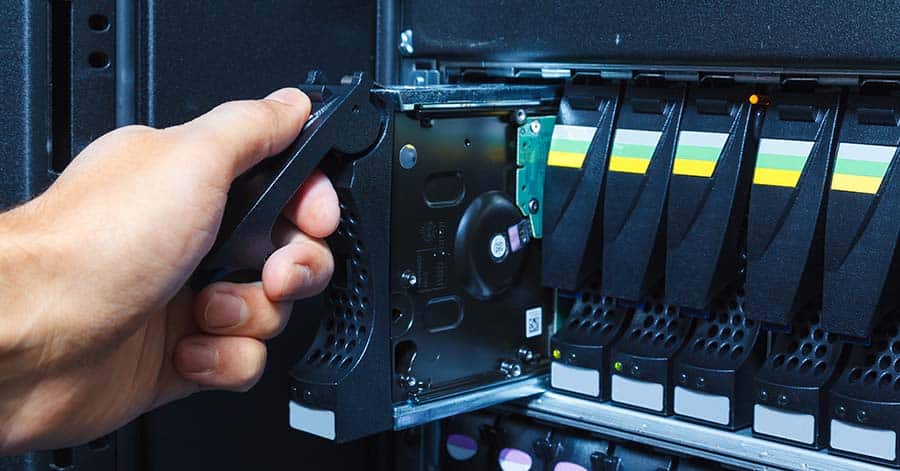Spring Into Organic Gardening
 Spring is here and that usually means gardening. Are you are gardener? There are all types of gardens: indoor gardening, pot or container gardens, raised beds, community gardens, and the regular garden plot.
Spring is here and that usually means gardening. Are you are gardener? There are all types of gardens: indoor gardening, pot or container gardens, raised beds, community gardens, and the regular garden plot.
Homesteading: After Ken and I were married, it felt like we were pioneers. He had bought a plot of land just outside of town in the bush and cleared it before building our house. We finished the house together as well as worked on taming the land. We were by a river, but down a huge bank. We decided to plant a garden and build a green house. Ken rigged a pump from the river to water them. This was not just a simple plant some seeds. We had to clear the trees and stumps first, till the soil, rake it smooth, and then plant. It was a huge pile of work.
Raised Beds: Eventually we built boxes and from then on have gardened with raised beds. We find you basically triple your garden. For example, you don’t need rows in between to walk through, so your rows end up being pretty much the same space you allow in between plants within a row. For example, if you plant your carrots 2 inches apart, then your rows are 2 inches apart. If you have very little space, I strongly encourage you to try a raised bed. It triples your garden, the soil is warmer which lengthens your gardening season, plus weeds are kept to a minimum.
Organic Gardening: We also started reading up on companion gardening as a way to control pests rather than using chemicals. Being young and new to gardening, my greatest resource was my subscription to Mother Earth News. Certain plants act like a repellent control to other plants or exchange some needed nourishment. For example, pole beans and corn. Beans contribute nitrogen while corn feeds heavily on nitrogen. Beans are also good company for carrots, peas, beets and potatoes. (Tip I just learned: I read to not allow beans to mature on the plant or they stop producing. Also do not pick or cultivate beans when they are wet or it spreads viral diseases.) Marigolds have a repellent effect for tomatoes and potatoes. Basil improves the growth and flavour of tomatoes and peppers. Plant onions with leafy greens, broccoli with radishes and lettuce, spinach with garlic. There are so many to list that go well together, but pretty much what you naturally eat together seems to be a common thread. A good site that has a list for companion planting is at Golden Harvest.
Preserving and Canning: So now you are harvesting the rewards of your garden, and there is more than you can eat. What do you do? You start learning how to preserve, and canning is very popular. Freezing is good, but the life of frozen food is not as long before it gets freezer burnt. Canned goods are good for years on your shelf. Fruit, meat and fish, vegetables, and desserts like carrot pudding are all candidates for canning.
Jars and more Jars: With canning comes jars, jars and more jars. It seemed when I started canning, I was continually spending money on jars. It wasn’t long before people were giving me their jars and then all of a sudden I had so many jars, you just don’t know where to store them. It was okay when we lived in the north because I had a cold room and shelves to store all my jars, full or empty. But when we moved to Yellowknife, it was time to purge. Another move 10 years later, and we purged again. Last year I purged even more. With just the 2 of us, I do not need to can as much.
Organizing and Storing Your Jars: So take time to purge your jars, keep only your best and the ones you will really use. I only kept my good mason jars and purged out recycled jars like mayonnaise, Cheez Whiz, jam jars. Some options for storing jars: Make use of the space under a stairway by building shelves or cubes, an old armoire. recuperate some old kitchen cabinets for storage, or free-standing shelves.






